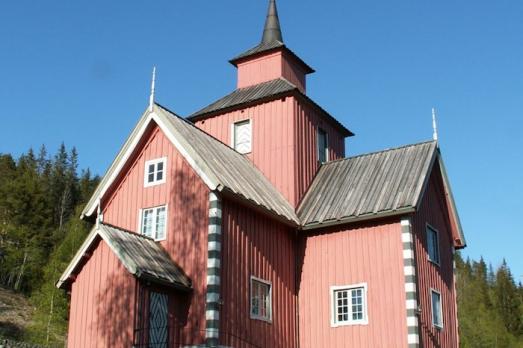
Vinje kyrkje
Vinje, NO
Vinje Church is a cruciform church built in 1796 by the architect Jarand Rønjom. Vinje Church is referred to in the Middle Ages as Vinjar Church, and must have been built before 1200.
Here you can search for a building to visit. You can use the map find destinations, or you can use the filters to search for a building based upon what different criteria.

Vinje, NO
Vinje Church is a cruciform church built in 1796 by the architect Jarand Rønjom. Vinje Church is referred to in the Middle Ages as Vinjar Church, and must have been built before 1200.
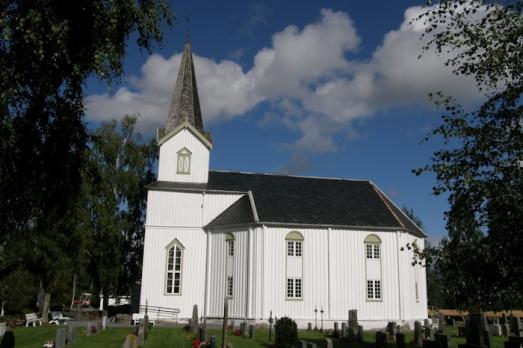
Verdal, NO
The Vinne church is an octagonal church from 1814-15. The wooden structure was built in 1814-17 to replace the church of Halle which was located at the other end of the parish. In 1893 it was decided to restore and rebuild the church. The church was extended in 1893 with a porch and tower. The building was restored in the late 1950s.
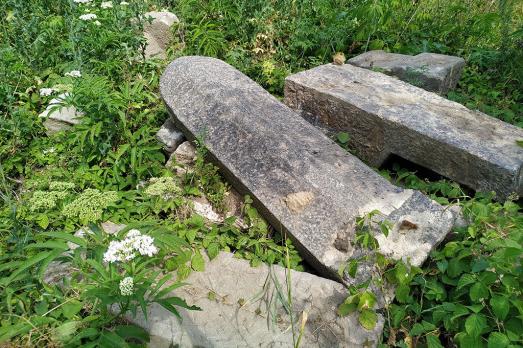
Vinnytsya, UA
According to IAJGS, the cemetery was established in 1727. It can be found marked on a Russian map of the region from the 1900s. Today the cemetery of Vinnytsya contains a few hundred matzevot, which date to between the 19th and the first half of the 20th century.

Üsküdar/ Istanbul, TR
The Virane Synagogue in Istanbul is a Sephardi synagogue built around 1840. The synagogue has been rebuilt in 1980 and in 1997. This brick building still serves as a synagogue.
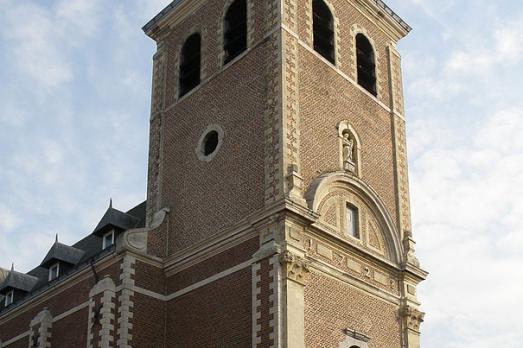
Hasselt, BE
The Basilica Virga Jesse dates back to the 18th century. The Brotherhood of Our Lady built the Clerkenkapel in 1334 to venerate the statue of the Virgin Mary, Virga Jesse. From 1727 it was replaced by a church in late baroque and early classicist style. The church was completed in 1740. François-Xavier de Mérode. In November 1944 the church and the adjacent houses were severely damaged by a rocket. The reconstruction of the church was completed in 1951.
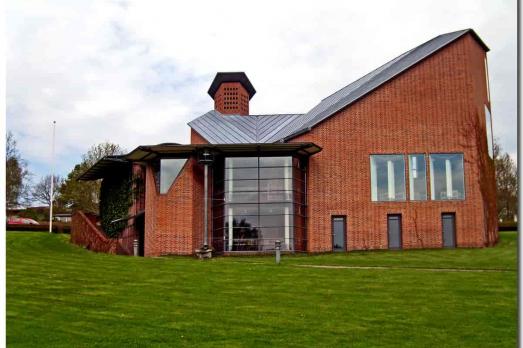
Silkeborg, DK
Virklund Church was built in 1994 and designed by the Danish architects Johannes and Inger Exner. It is located on a hillside immediately north of the eastern end of Lake Thorso, around which the town of Virklund winds, and is thus quite centrally located in the city. a large, sloping hexagonal roof surface, which is most clearly seen from the west.
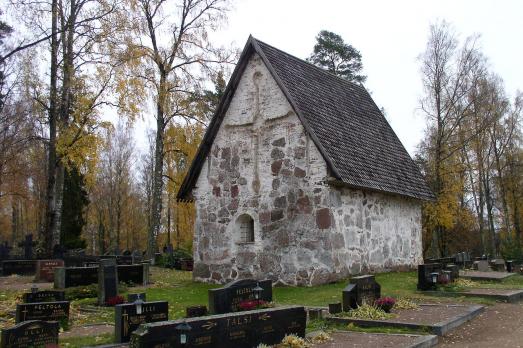
Virolahti, FI
The Virolahti sacristy is a medieval stone sacristy that was built between 1500 and 1530 next to the wooden church of the time. The intention was to build an entire stone church later, but for financial and other reasons this did not materialise. The wooden church attached to the sacristy was demolished in the 17th century and replaced by a new one. This new wooden church was itself demolished in 1847 after an auction.
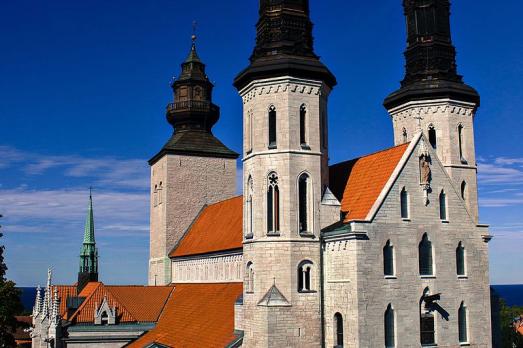
Visby, SE
The Visby cathedral was originally built as a catholic cathedral in the late 12th century. It was built for German traders that frequented Visby and financed by the tax that they were required to pay. Today, it is the only medieval church still in use in Visby, the rest being preserved as ruins. After the Reformation, the church was made the seat of the diocese of Visby under the Church of Sweden.

Viscri , RO
The fortified church in Viscri still stands as a striking example of Transylvanian defensive architecture. On the foundations of the former Romanesque basilica, built by the first Székely settlers a new chancel was erected after dismantling the apse. In 1500 the church was fortified. Therefore the hall was prolonged and connected with the western, until then freestanding, dungeon, which most probably belonged to an early extinct noble family. The tower was heightened with one level with room for bells and parapet walk and another defensive level with loopholes for arches was built in the roof. The defence level of the chancel was demolished in 1743. The 7 m high ring wall was built in early 16th century and during the 17th century was strengthened by fortified houses, defensive towers and parapet walk. In the more peaceful times following 1743 grains storage rooms for the inhabitants replaced the parapet walk. The interior of the church still preserves the paneled ceiling from 1743 and the sober furnishing.
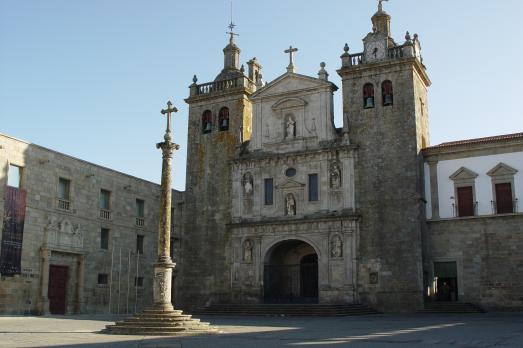
Viseu, PT
Viseu Cathedral began to take shape in the 12th century as a Romanesque building. The current Gothic cathedral, whose construction began in the 13th century, followed the lines of the original Romanesque building, thus endorsing a Romanesque, rather than Gothic, style that is typically spacious. In the Manueline period, the cathedral of Viseu interventions were undertaken inside and in the cloister. In the 17th century, the façade fell down and had to be repaired, and the choir was also renovated.

new
Nestled amidst the serene landscapes of the Harz region, lies a hidden gem for nature enthusiasts and history buffs alike - the Harz Monastery Hiking Trail. Lace up your hiking boots and embark on this captivating adventure that will transport you back in time.

The Holy Mile (Miglio Sacro) of Naples is a one-mile-long itinerary, through sacred places linked to the city's patron saint, San Gennaro, in the Rione Sanità district. Discover the city from a new perspective with this unique walking tour.

As a university city, cultural offerings abound in Tartu and will reach their peak after being designated one of three European Capitals of Culture for 2024. In this list, we've compiled the most interesting sacred places to visit in and around the old town.